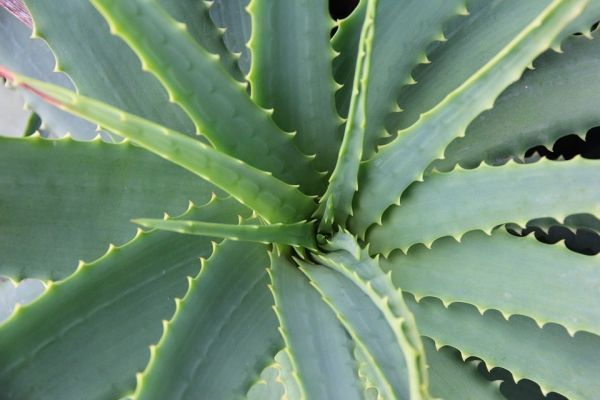Researchers from the Natural History Museum of Denmark and the Department of Plant and Environmental Sciences at the University of Copenhagen, have in collaboration with researchers at the Royal Botanic Gardens Kew in England, demonstrated that certain Aloe species shrink, or more scientifically speaking - fold - their cell walls together. In doing so, the plants preserve resources during drought. Concurrently, the carbohydrate (polysaccharide) composition of their cell walls are altered. The results have just been published in the journal Plant, Cell and Environment.
"Our results tie changes in carbohydrate composition with the Aloe plant's ability to manage extended periods of drought. It is highly relevant, that we understand the physiological mechanisms that allow certain plants to survive under extreme conditions, due to climate change and the potential for severe climatic fluctuations," says plant biologist Louise Isager Ahl of the Natural History Museum of Denmark.
Useful genetic traits
The majority of succulents can survive in areas susceptible to shorter or extended periods of drought. This ability has made succulents popular as houseplants. Aloe vera, along with other Aloe species, have a special tissue in the middle of their leaves known as the hydrenchyma. This tissue has a well-developed ability to control water content in leaves.
One of the mechanisms that succulents use to resist drought is to fold their cell walls together during dehydration and unfold them again as water becomes available. The unique composition of carbohydrates in the cell walls and within the cells of the hydrenchyma is partly responsible for these plants’ ability to regulate and retain water. It is a trait that may be transferable to other plants.
Read more at University of Copenhagen
Photo Credit: WandererCreative via Pixabay


